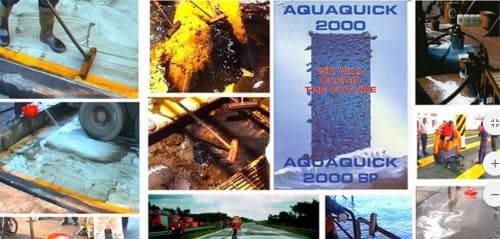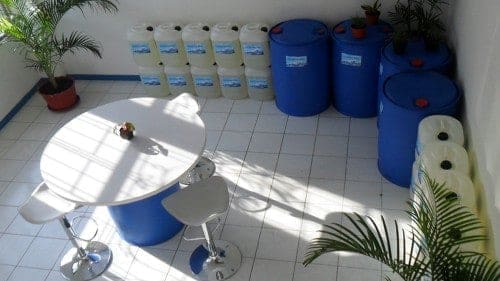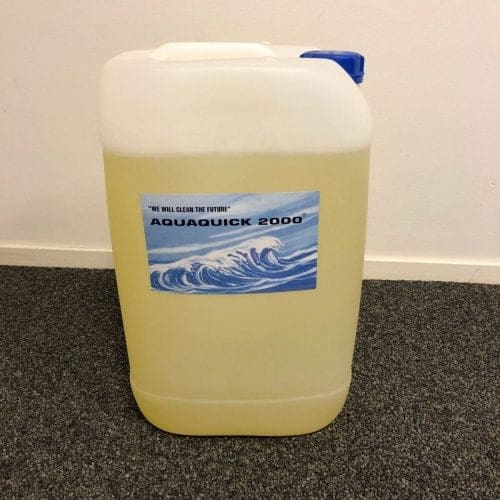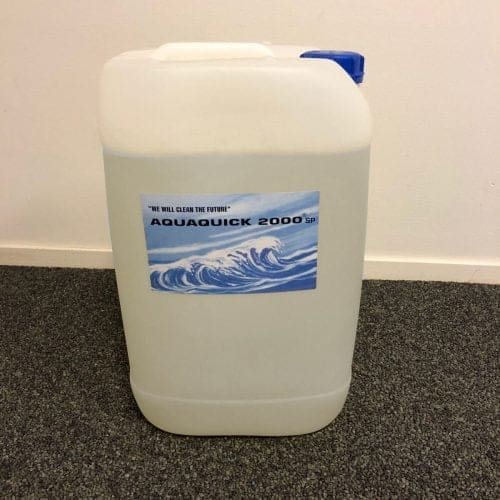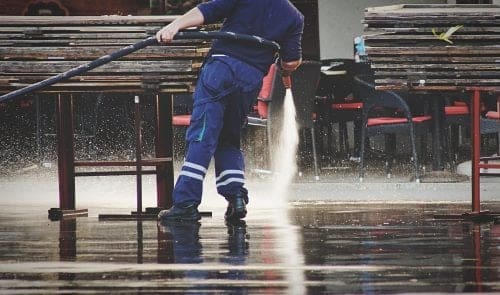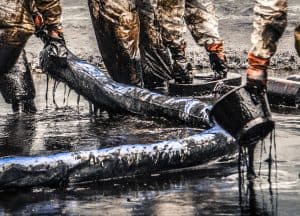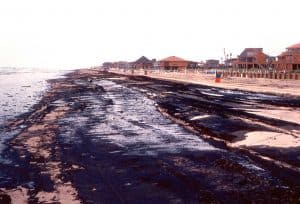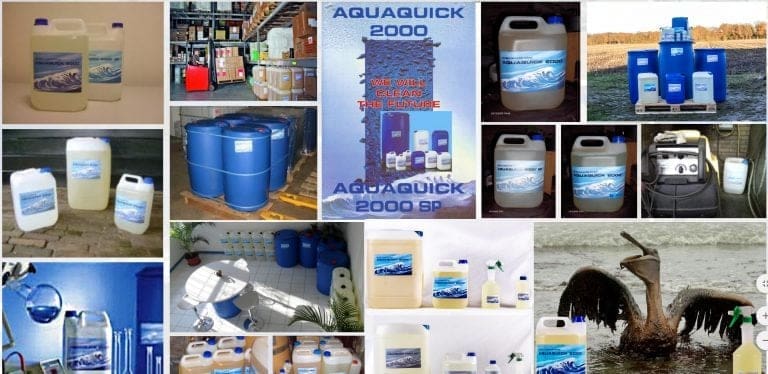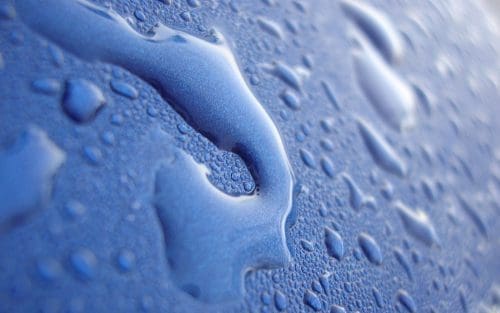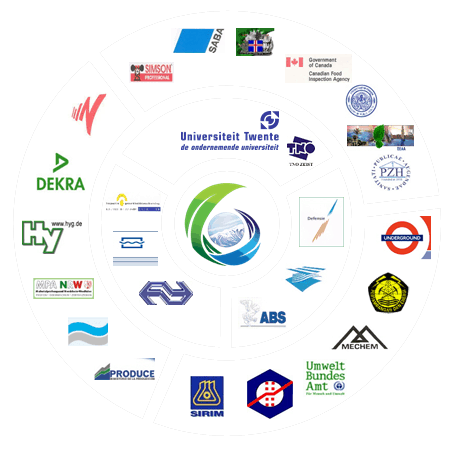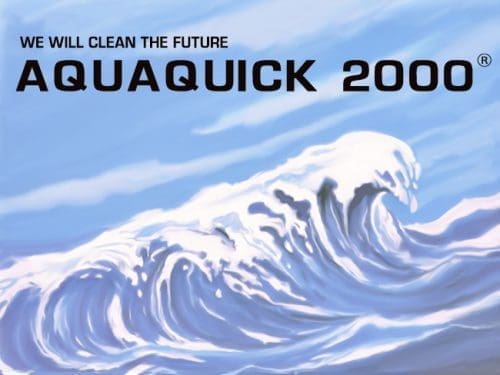Oil spills present grave environmental threats, necessitating swift and efficient cleanup measures to mitigate their impact on marine ecosystems. Various methods are employed for oil spill cleaning, each tailored to specific spill conditions and environmental considerations. In this comprehensive guide, we’ll delve into 10 proven strategies for oil spill cleaning, providing detailed insights into their applications, benefits, and challenges.
1. Using Oil Booms
Oil booms are fundamental tools in oil spill cresponse efforts, serving as containment barriers to restrict the spread of spilled oil. These floating structures comprise three essential components: a freeboard that rises above the water surface to prevent oil splashing, a skirt submerged below to prevent oil from escaping underneath, and connecting cables or chains for stability. Oil booms are particularly effective in containing spills in accessible areas, preventing contamination of sensitive habitats such as shorelines, mangroves, and wetlands. Oil booms are deployed strategically around the perimeter of the spill, creating a barrier that corrals the oil and prevents it from spreading further. They can be quickly deployed from vessels or deployed from the shoreline using specialized equipment. The design of oil booms ensures that they remain buoyant, even in rough sea conditions, allowing them to effectively contain the spill.
2. Utilizing Skimmers
Skimmers play a crucial role in oil spill cleaning by efficiently removing oil from the water surface. These specialized machines operate akin to vacuum cleaners, suctioning oil into onboard tanks for processing or disposal. Deployed following containment with oil booms, skimmers effectively separate oil from water, enabling its recovery while minimizing environmental impact. Despite challenges posed by debris, skimmers remain economically viable for recovering spilled oil, making them a cornerstone of cleanup operations.
Skimmers come in various types, including drum skimmers, weir skimmers, and oleophilic skimmers, each designed for specific conditions and oil types. Drum skimmers, for example, utilize rotating drums to collect oil, while weir skimmers rely on floating barriers to direct oil into collection tanks. Oleophilic skimmers use specialized materials that attract oil spill cleaning, making them highly effective in removing oil from water surfaces.
3. Employing Sorbents
Sorbents are materials used to absorb or adsorb oil spilled on water surfaces, facilitating cleanup efforts by reducing oil contamination. Common sorbents include hay, peat moss, straw, and vermiculite, each possessing unique properties for oil absorption. Sorbents work by either absorbing oil through pores or forming a surface layer that traps oil molecules. While effective in recovering oil, the retrieval and disposal of saturated sorbent materials present logistical challenges, requiring careful handling to prevent secondary pollution.
Sorbents are deployed by spreading them over the oil slick, where they absorb the oil and become saturated. Once saturated, the sorbent materials are collected using nets or vacuum systems and disposed of properly. Sorbents can be used in conjunction with other cleanup methods, such as skimmers or booms, to enhance oil recovery efficiency.
4. Implementing In-Situ Burning
In-situ burning is a highly efficient method for removing surface oil from water bodies, offering rapid large oil spill cleaning methods. By igniting the oil slick, in-situ burning can eliminate up to 98% of spilled oil, surpassing many other cleanup techniques in effectiveness. However, the release of toxic fumes during burning poses environmental risks, necessitating careful consideration of air quality and potential impacts on marine and avian life. Additionally, the success of in-situ burning depends on the thickness of the oil slick, with minimum concentrations required for ignition and sustained combustion.
In-situ burning is conducted by igniting the oil slick using controlled ignition devices or ignitors towed behind vessels. The burning process is carefully monitored to ensure complete combustion and minimize environmental impacts. In-situ burning is most effective for fresh oil spills with thick oil slicks, as thinner slicks may not sustain combustion or may release excessive amounts of smoke.
5. Utilizing Dispersants
Dispersants are chemical agents applied to oil spills to accelerate the natural breakdown of oil components, facilitating dispersion and microbial degradation. These chemicals, such as Corexit 9500, are typically sprayed onto the oil slick via aircraft or boats, enhancing oil-water interaction and promoting microbial activity. Dispersants are particularly effective for managing large spills over expansive areas, aiding in the dispersion of oil and preventing its accumulation on the water surface. However, concerns exist regarding the toxicity of dispersants and the formation of tarballs, necessitating careful monitoring of their environmental impact.
Dispersants work by breaking down the oil into smaller droplets, which can be more easily dispersed throughout the water column. This process increases the surface area of the oil, allowing for more rapid microbial degradation. Dispersants are typically applied shortly after a spill occurs, before the oil has a chance to spread extensively. However, the use of dispersants is controversial, as their long-term environmental impacts are not fully understood.
6. Employing Hot Water and High-Pressure Washing
Hot water and high-pressure washing techniques are employed to dislodge trapped oil from inaccessible areas, facilitating its recovery and oil spill cleaning. This method involves heating water to high temperatures and spraying it with high-pressure wands or nozzles to flush oil to the water surface. Subsequently, oil can be collected using skimmers or sorbents for disposal or treatment. However, the use of hot water may pose risks to heat-sensitive organisms, highlighting the importance of careful application and environmental monitoring.
Hot water and high-pressure washing are particularly effective for removing oil from hard surfaces such as rocks, docks, and equipment. The high-pressure spray dislodges the oil, while the hot water helps to break down stubborn oil deposits. This method is often used in conjunction with other oil spill cleaning techniques to ensure thorough removal of oil from affected areas.
7. Using Manual Labor
Manual labor involves hands-on cleanup using tools such as rakes, shovels, and absorbent materials to remove surface oil and debris. This method is particularly effective for shoreline cleanup, where mechanical equipment may be impractical or environmentally disruptive. While labor-intensive, manual cleanup efforts offer economic viability and minimal environmental disturbance, making them a valuable component of oil spill response operations. Mechanized equipment may supplement manual labor, providing additional assistance in reaching inaccessible areas and ensuring thorough cleanup.
Manual labor is typically employed in areas where other cleanup methods are not feasible or where additional cleanup is required after mechanical methods have been used. Workers use hand tools and equipment to remove oil and debris from shorelines, beaches, and rocky outcrops. Manual labor can be physically demanding and requires careful coordination and supervision to ensure safety and effectiveness.
8. Implementing Bioremediation
Bioremediation harnesses the natural degradation capabilities of microorganisms to break down oil pollutants, offering a sustainable and environmentally friendly cleanup solution. Microbes such as bacteria, fungi, archaea, and algae metabolize petroleum products, converting them into simpler, non-toxic compounds. Bioremediation may involve the addition of reagents and fertilizers to enhance microbial activity and nutrient availability. While time-consuming, bioremediation minimizes environmental harm and complements mechanical cleanup methods, particularly in areas where access is limited or where traditional oil spill cleaning methods are impractical.
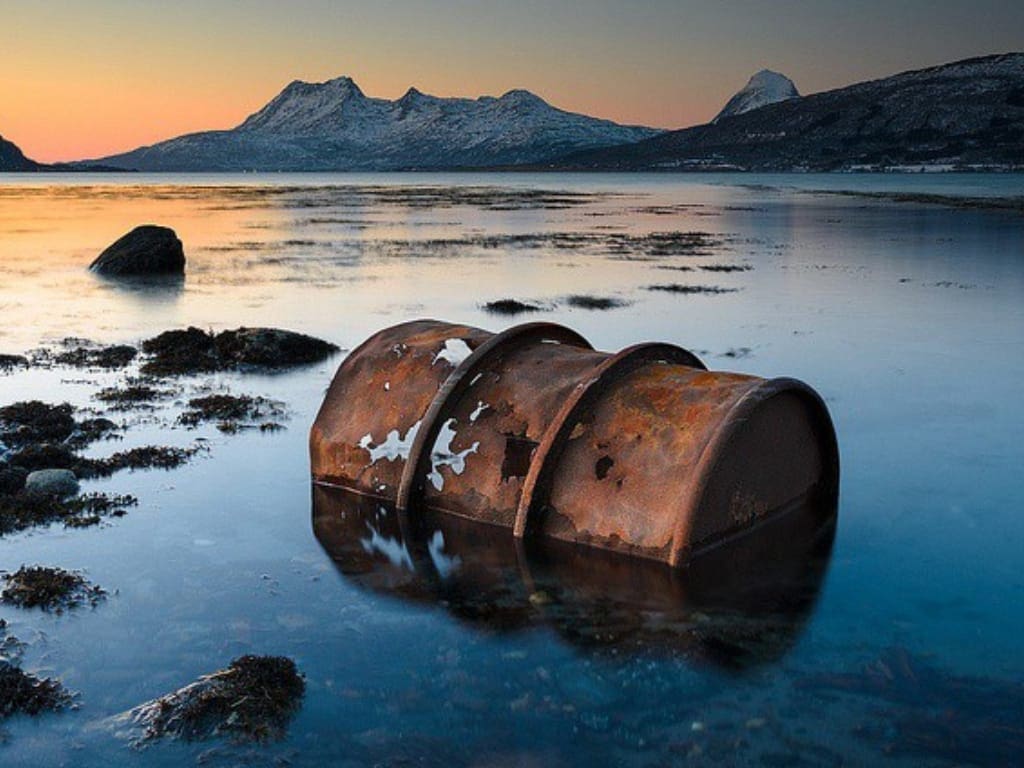
Bioremediation is typically conducted in situ, where microbial activity is stimulated through the addition of nutrients and oxygen. Microbial populations naturally present in the environment may also be augmented with specialized microbial cultures to enhance oil degradation. Bioremediation can be effective for treating both surface oil and oil that has penetrated into the soil or sediment. However, the success of bioremediation depends on factors such as temperature, pH, nutrient availability, and the presence of inhibitory substances.
9. Chemical Stabilization with Elastomizers
Chemical stabilization with elastomizers involves the use of compounds like poly iso-butylene (PIB) to confine and solidify spilled oil on the water surface, preventing its spread and facilitating containment. Elastomizers gelatinize the oil, forming a cohesive mass that can be easily retrieved for disposal or treatment. This rapid-response method offers efficient oil confinement, particularly in situations where mechanical methods may be limited. However, precautions must be taken to prevent entanglement of aquatic life in the gelatinous substance, highlighting the importance of environmental monitoring and mitigation measures.
Chemical stabilization with elastomizers is typically used in situations where mechanical oil spill cleaning methods are not feasible or where rapid containment of the spill is required. Elastomizers are applied directly to the oil slick, where they quickly solidify the oil and prevent it from spreading further. The solidified oil can then be collected using nets, skimmers, or other mechanical means for disposal or treatment. Elastomizers are non-toxic and environmentally safe, making them a valuable tool for oil spill response.
10. Natural Recovery
Natural recovery relies on environmental factors such as sunlight, wind, and microbial activity to degrade oil spills over time, allowing nature to mitigate spill impacts without direct human intervention. This cost-effective approach is particularly suitable for remote or inaccessible areas where cleanup efforts may be impractical or where the potential environmental harm of cleanup operations outweighs the benefits. While natural recovery is inherently slow and unpredictable, it represents a viable option for managing oil spills in certain environmental contexts, provided that monitoring and assessment are conducted to ensure effective outcomes.
Natural recovery is most effective in areas with low wave energy, where oil can spread out and degrade over time. Microbial activity plays a key role in breaking down the oil, with natural populations of bacteria and other microorganisms feeding on the oil and breaking it down into simpler compounds. Sunlight and wave action help to disperse the oil and accelerate its degradation, while wind can carry oil droplets inland, where they may be further degraded by terrestrial microbes.
Aquaquick Your Go To Oil Spill Cleaning Solution
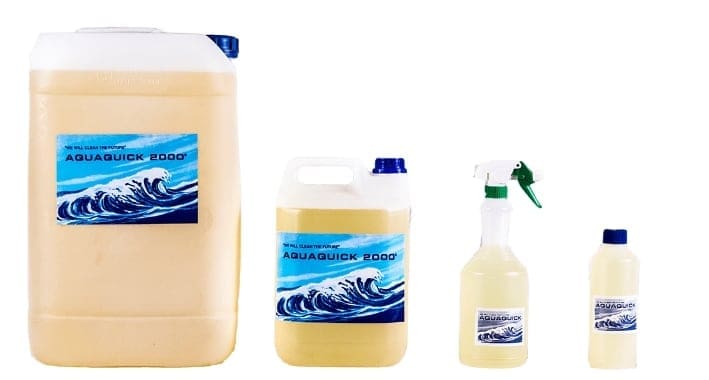
Aquaquick 2000 stands out as a leading oil spill cleaning solution due to its remarkable effectiveness, versatility, and environmentally friendly properties. Let’s delve into the reasons why Aquaquick 2000 is considered the best choice for addressing oil spill cleaning:
- Rapid Action and Efficiency:
Aquaquick 2000 boasts an impressive ability to rapidly contain and do proper oil spill cleaning. Its advanced formula enables it to quickly penetrate and disperse oil, effectively breaking down the oil spill and facilitating its removal from water surfaces. This rapid action is crucial for oil spill cleaning in mitigating the spread of oil and minimizing its impact on marine ecosystems, making Aquaquick 2000 an invaluable tool for emergency response teams and environmental agencies. - Versatility Across Various Environments:
One of the key strengths of Aquaquick 2000 is its versatility across different environments and conditions which is ideal for oil spill cleaning. Whether dealing with oil spills in calm coastal waters, turbulent offshore environments, or sensitive freshwater ecosystems, Aquaquick 2000 consistently delivers outstanding results. Its adaptability makes it suitable for a wide range of applications, from industrial facilities and shipping operations to natural disaster response efforts. - Non-Toxic and Environmentally Safe:
Aquaquick 2000 prioritizes environmental sustainability and safety, making it an ideal choice for oil spill cleaning in ecologically sensitive areas. Unlike traditional chemical dispersants that may pose risks to aquatic life and ecosystems, Aquaquick 2000 is non-toxic and biodegradable. Its eco-friendly formulation ensures minimal harm to marine organisms, allowing for safe and responsible cleanup operations without exacerbating environmental damage. - Enhanced Oil Recovery:
In addition to its cleaning capabilities, Aquaquick 2000 excels in enhancing oil recovery efforts. By effectively dispersing and emulsifying oil, it facilitates the collection and removal of oil from water surfaces. This enhanced oil recovery process ensures that a greater percentage of the spilled oil is recovered and contained, minimizing the long-term environmental impact and reducing cleanup costs. - Long-Lasting Effects:
Aquaquick 2000 not only provides immediate results but also offers long-lasting effects that persist after oil spill cleaning operations are complete. Its unique formulation creates a barrier that prevents recontamination of cleaned areas, helping to maintain the integrity of the surrounding environment. This prolonged effectiveness ensures that the cleaned area remains protected from secondary contamination, providing peace of mind to environmental authorities and local communities. - Compliance with Regulatory Standards:
Aquaquick 2000 meets and exceeds stringent regulatory standards for oil spill cleaning products, ensuring compliance with environmental regulations and guidelines. Its formulation is carefully engineered to adhere to industry best practices and international protocols for oil spill response and remediation. By choosing Aquaquick 2000, organizations can demonstrate their commitment to environmental stewardship and responsible resource management. - Ease of Application:
Another advantage of Aquaquick 2000 is its ease of application, simplifying the oil spill cleaning process for response teams and operators. Whether applied manually or using specialized equipment, Aquaquick 2000 can be quickly and efficiently deployed to contain and do oil spill cleaning of varying sizes and magnitudes. Its user-friendly nature enhances operational efficiency and minimizes downtime during emergency response efforts.
Aquaquick 2000 stands out as the best oil spill cleaning solution due to its rapid action, versatility, environmental safety, enhanced oil recovery capabilities, long-lasting effects, regulatory compliance, and ease of application. By choosing Aquaquick 2000, organizations can effectively mitigate the environmental impact of oil spills and protect marine ecosystems for future generations.
Conclusion
Oil spill cleaning demands a multifaceted approach, combining mechanical, chemical, and natural methods to mitigate environmental damage and safeguard marine ecosystems. By employing a diverse range of cleanup techniques tailored to specific spill conditions and environmental considerations, we can minimize ecological harm and promote the long-term health of our oceans and coastal environments. Prioritizing prompt response, adaptive strategies, and ongoing monitoring is essential for successful oil spill cleaning efforts, ensuring effective protection of marine biodiversity and ecosystem resilience against future oil spills.

